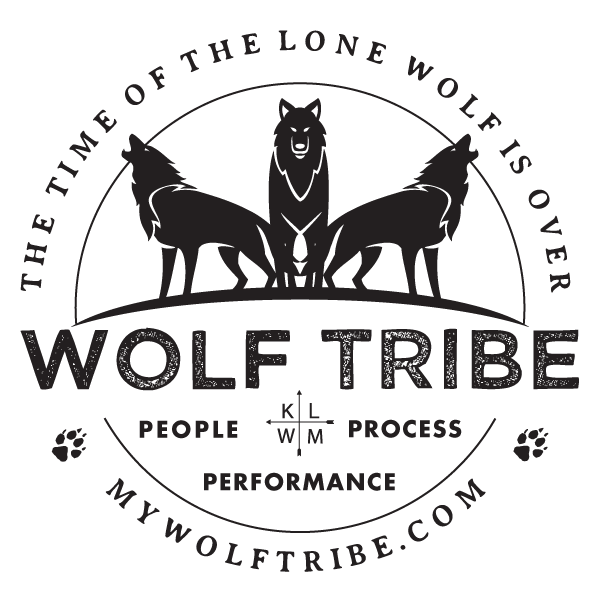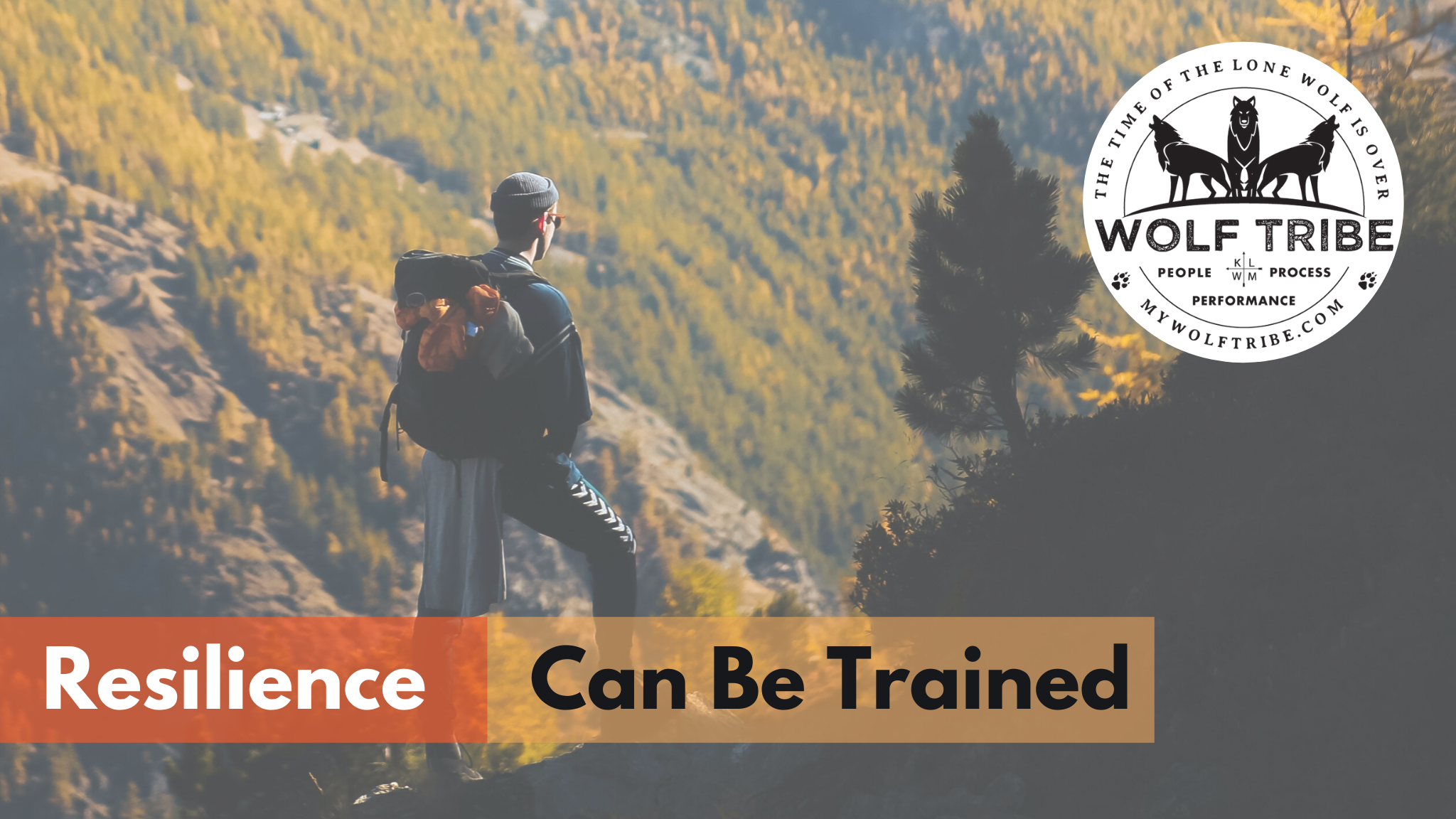Can Resilience Be Trained? Yes, With A Common Vision
We are sometimes asked: “can resilience be trained?” As if resilience were a quality that people are born with, like superheroes. To them we respond: “yes, resilience can be trained.” The evidence is irrefutable… but how do we know?
We observe cultures.
For example, we notice that people of resilient cultures can experience adversity and utilize it as trauma bonding - bringing members of the community closer together than ever before. Cultures that are not resilient, on the other hand, have a tendency to collapse under adversity.
The key to training resilience is understanding the factors that contribute to resilience. We at Wolf Tribe think of them as four pillars that stand up resilient organizational cultures. The purpose of this article will be to explore the first pillar, Common Vision, as the cornerstone of any resilience training curriculum.
But let us begin with a brief tale of resilience…
The Battle of Britain
In July of 1940, Germany undertook an sustained air assault against Britain by flying nighttime firebombing raids over the city of London. The objective of the campaign was not the destruction of industrial capacity or military targets - it was to break the psychological spine of the British people. Every night for three months, German air forces dropped incendiary bombs on homes, churches, schools, and libraries on a mission to break the British peoples’ will to resist.
Understanding the Germans’ aim, Prime Minister Winston Churchill and Parliament established a whole series of mental and emotional support checkpoints for people who might be struggling with the eminent nightly firebombin… and it turned out that none of the support checkpoints were used.
Contrary to expectations, the people were not psychologically damaged by the nighttime air raids. They were psychologically strengthened.
Why?
The assault on their cultural foundations made those foundations tighter. The people rallied around shared values, and together, undertook a mission to resist Germany at whatever the cost. From their common values, they were able to achieve alignment around a vision. They could answer fundamental questions, like:
Why are we here, doing this?
What is our shared history?
Who are we as a people and as a culture sharing a common set of beliefs?
In response to the nightly raids, Londoners would take shelter underground in the subways ( “the tube.”) Doing this together increased the peoples’ resiliency to the point that after the war, when people were asked about this period now known as Britain’s “Darkest Hour” - they commonly referred to the period as containing the best days of their lives.
Hiding out in bomb shelters every night to survive firebomb attacks created the best times of peoples’ lives (!)
Related to this, many of our military people refer to war as the best times of their lives. Professional athletes on teams frequently refer to really hard seasons as the best times of their lives.
The common element among soldiers, athletes, or survivors of Hitler’s Blitz on London is that trauma bonding and resiliency brought people together to a degree that is uncommon in ordinary life. Inside of that bond, people experienced increased meaning, support, and esprit de corps.
The First Pillar To Building A Resilient Culture: COmmon Vision
There are four primary pillars that you need to have in place to build a resilient culture - and they happen to align with the four archetypes of humanity.
The first category for resiliency comes from the Sovereign, which is the King or the Queen role. These are the people that provide a vision to a community of people.
Vision is where everything starts.
Why vision? Because people need hope. People need to believe that there is an opportunity in the crisis not only to survive, but to thrive.
Coincidentally, in the Chinese language, the word “crisis” consists of two characters - one signifying “danger,” and the other “opportunity.” Put danger and opportunity together and you wind up with a crisis. Leaders bring peoples’ attention to the future opportunity hidden within the danger of the present.
Napoleon referred to the leader as a “dealer in hope.” It's the first job of a leader to create hope; to provide a vision of your team, family, or organization overcoming the current challenges, and being transformed through the process.
So when training your community to be resilient, begin with optimism and hope. Suggest a vision. Better yet, get your team’s input. Elicit their advice and opinion; bring their voices to the table and forge a common vision.
The vision does not need to be articulated down to the brass tacks of implementation. That is what plans are for.
Conclusion
Each of the remaining three pillars of resilient cultures will be the subject of their own articles. We’ll conclude here by offering this: at the end of the day our company cultures are the kinship systems of our current society. And we human beings are a kinship-based organisms.
Since we have been born into a career-based culture, we need to integrate career with kinship. We need to put as much love and as much soul and as much humanity in our corporations as we do in our families - because no matter how we feel about it, our work communities are our kinship systems. Groups of human beings must align around a common mission, which could be “I'm building iPhones,” or “I'm hunting Buffalo.”
No matter our work activities, crafting our values and our community vision with consideration and care is well worth the journey. Because a workplace community aligned around a common vision is capable of helping people not only overcome adversity, but to become closer to each other, more devoted to each other and their common mission. This is not only of tactical value - this alignment is in itself, a driver of meaning and significance in peoples’ lives.
We hope you have enjoyed reading. Please get in touch with us if we can support you in developing a highly aligned and resilient organizational culture.


